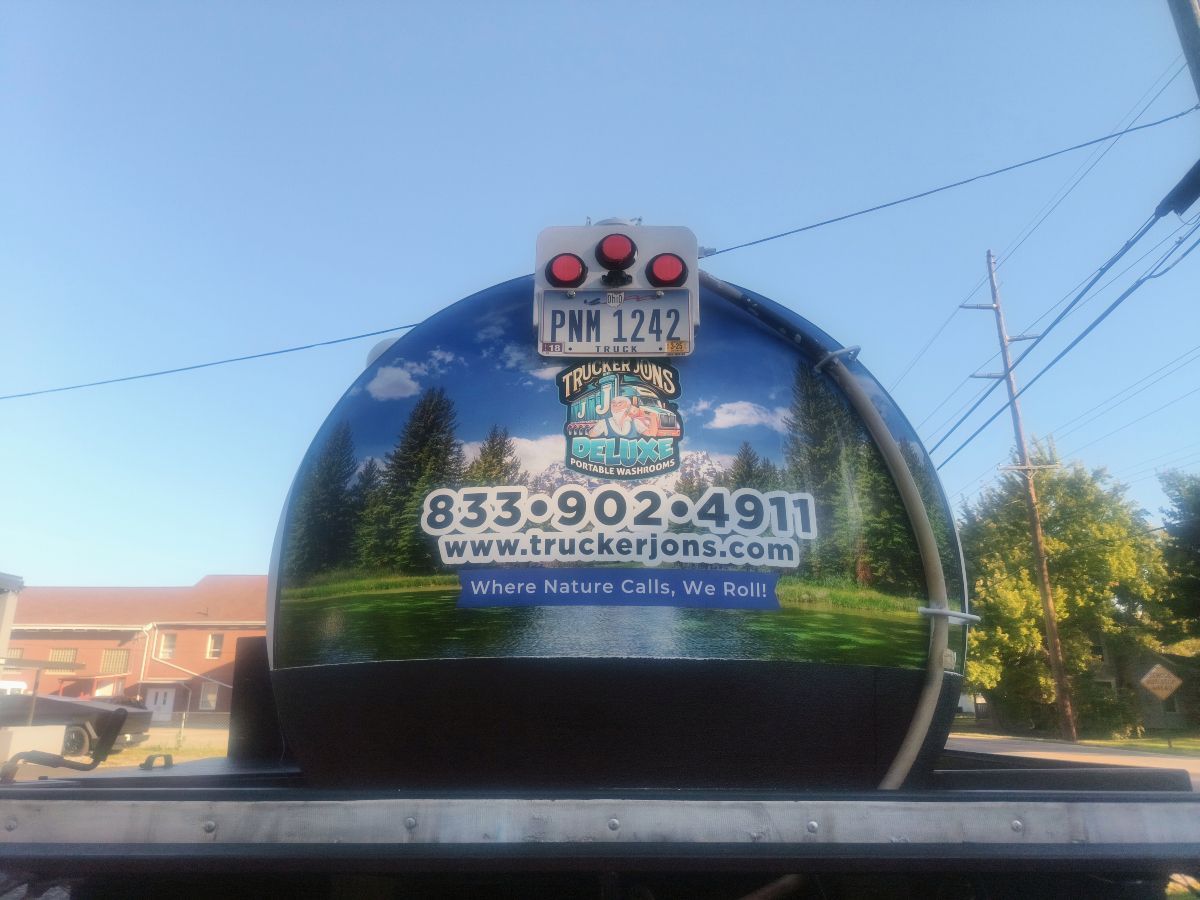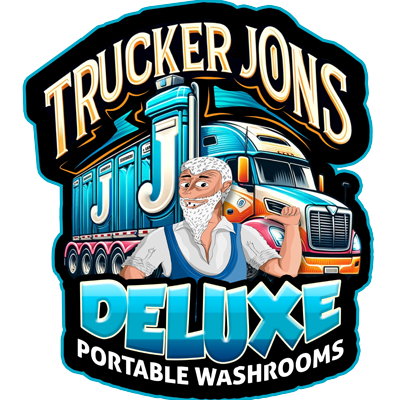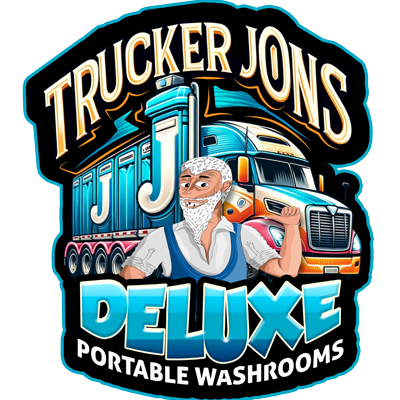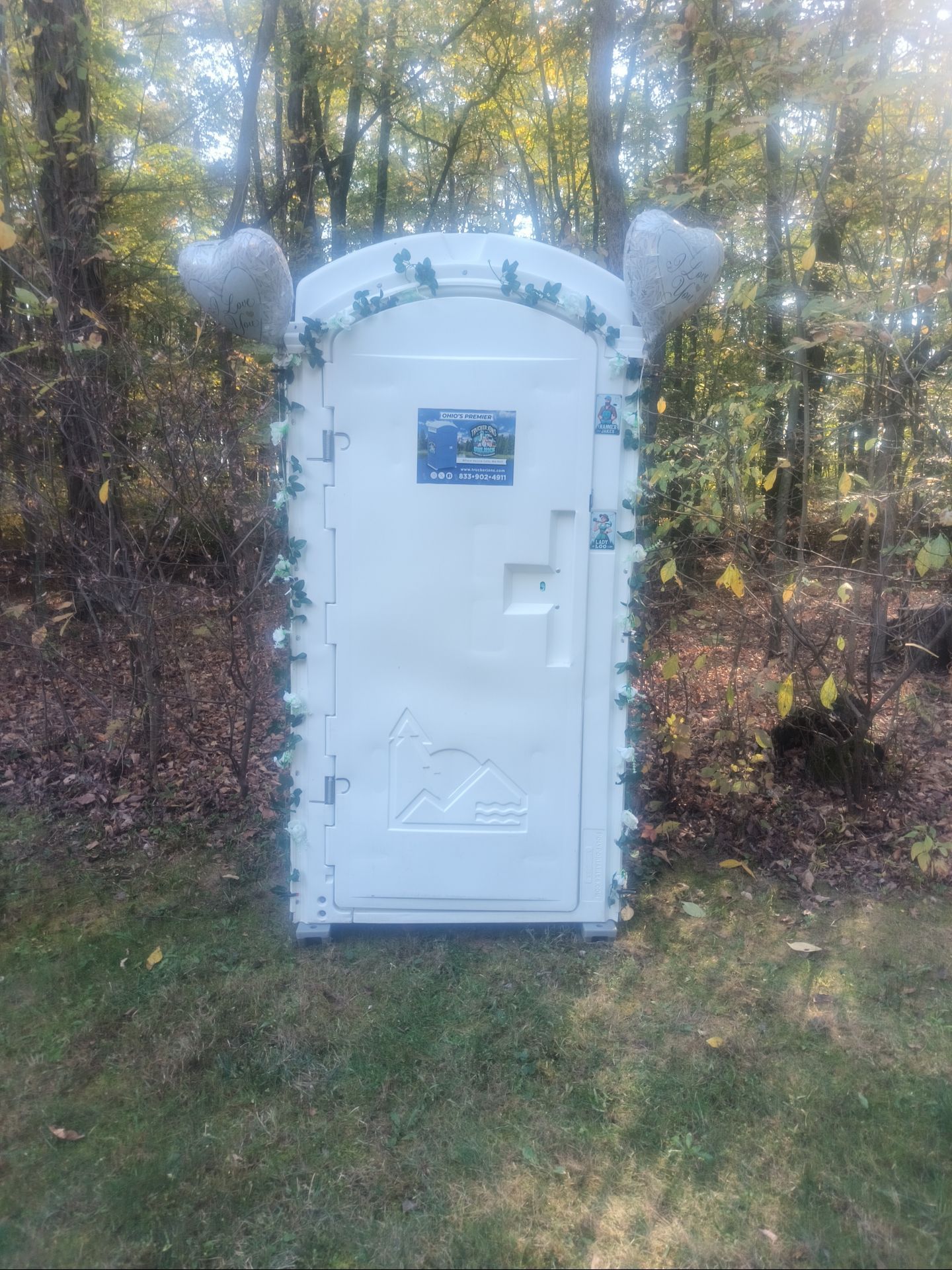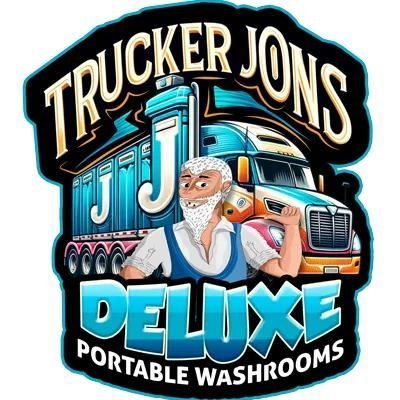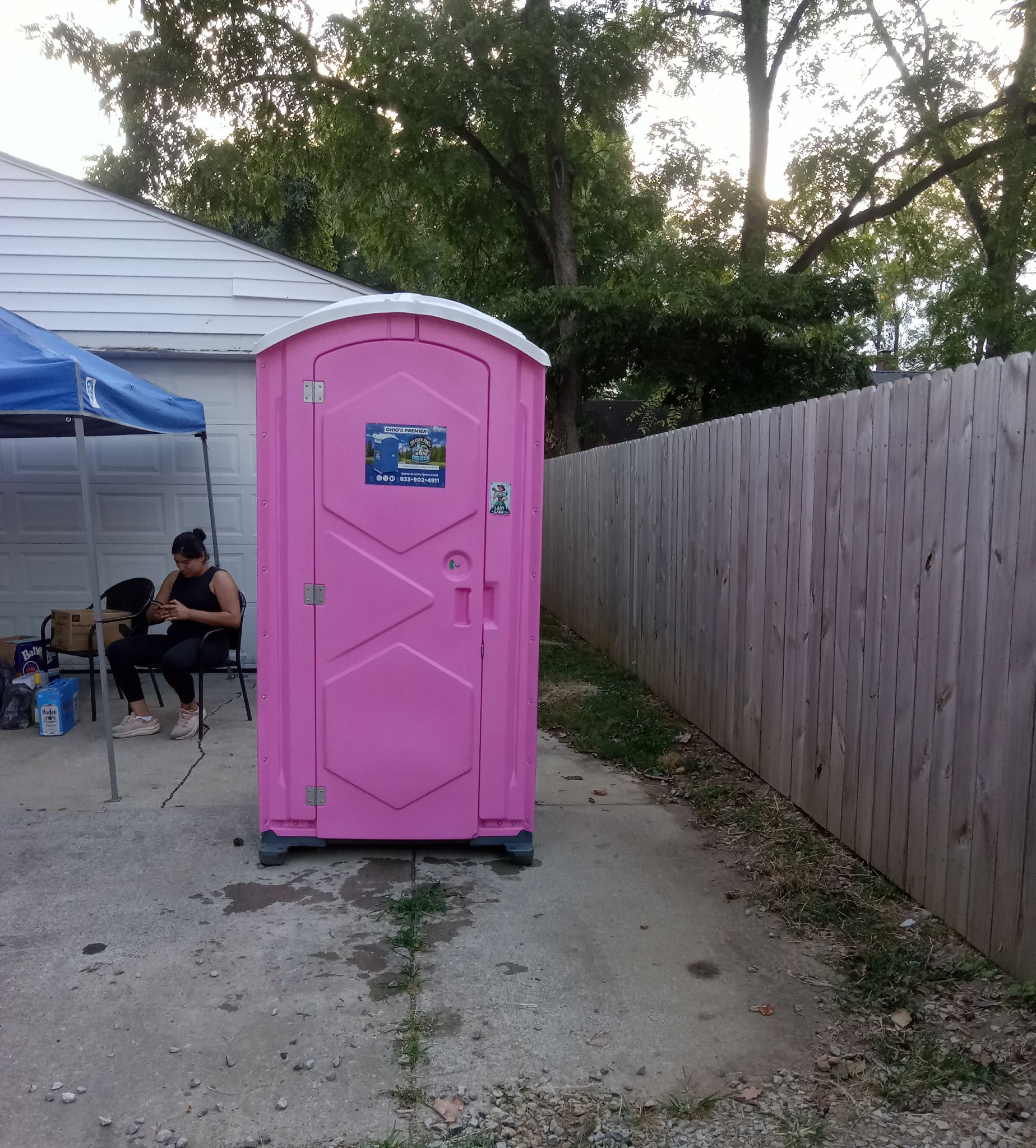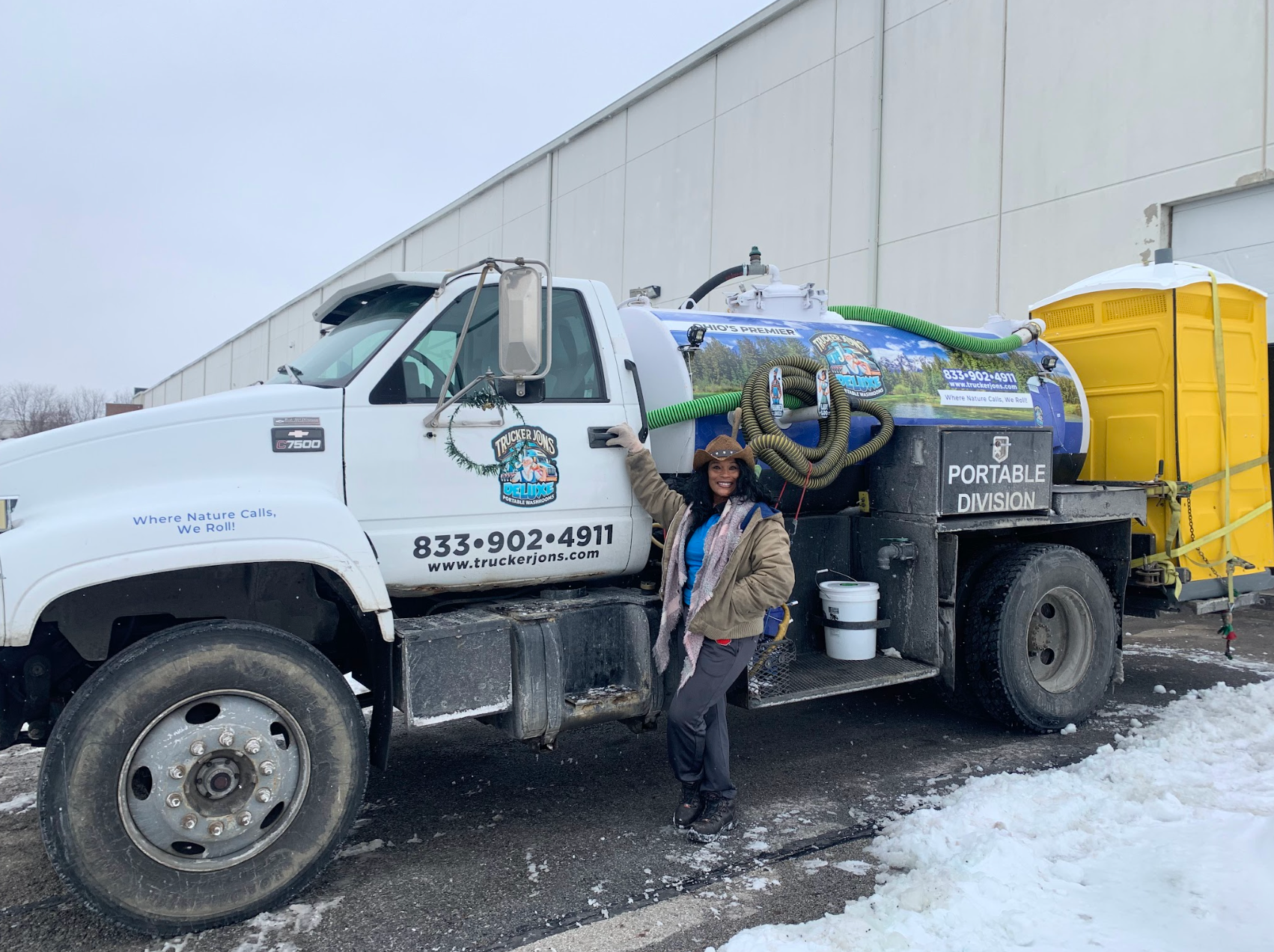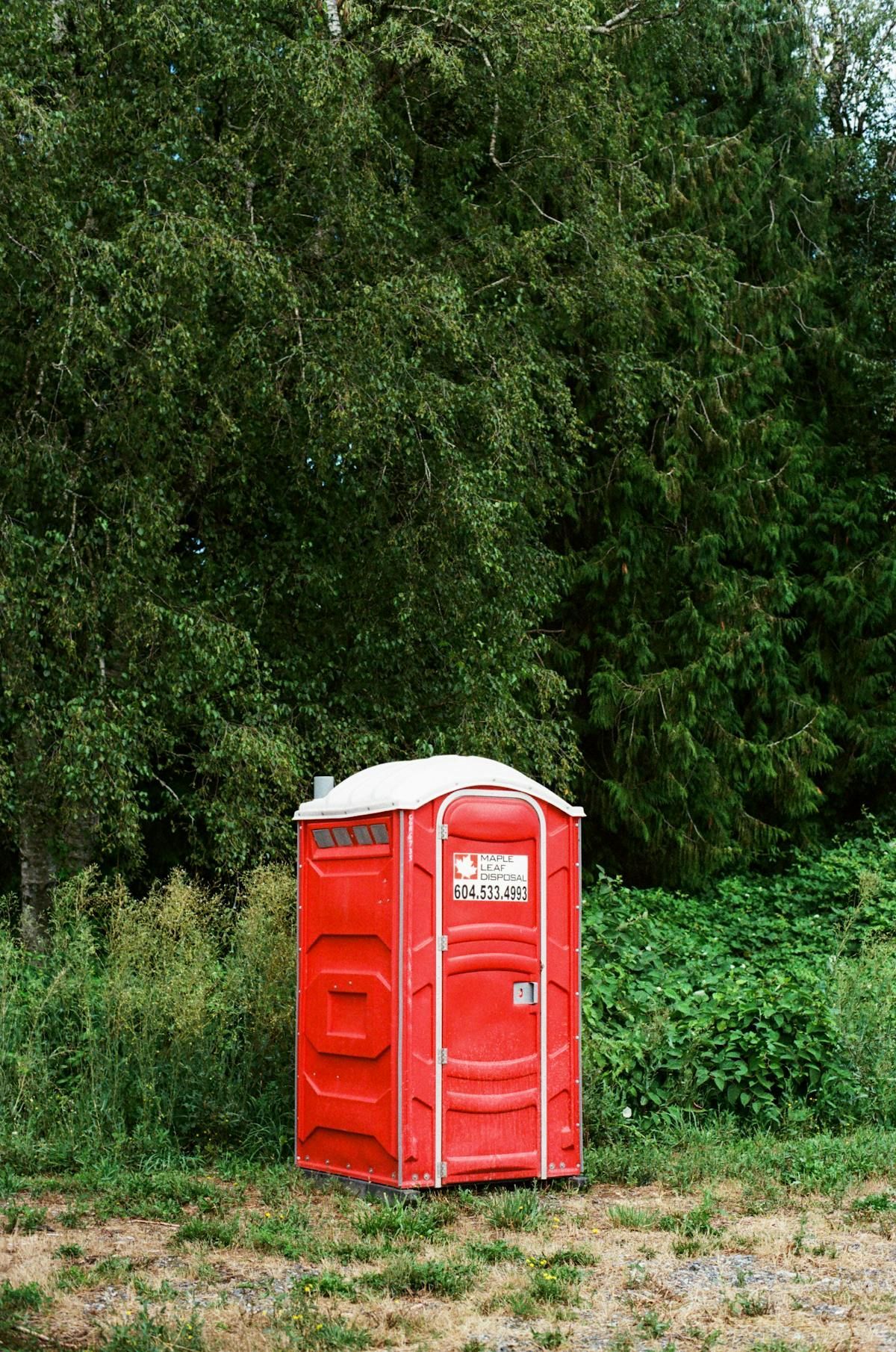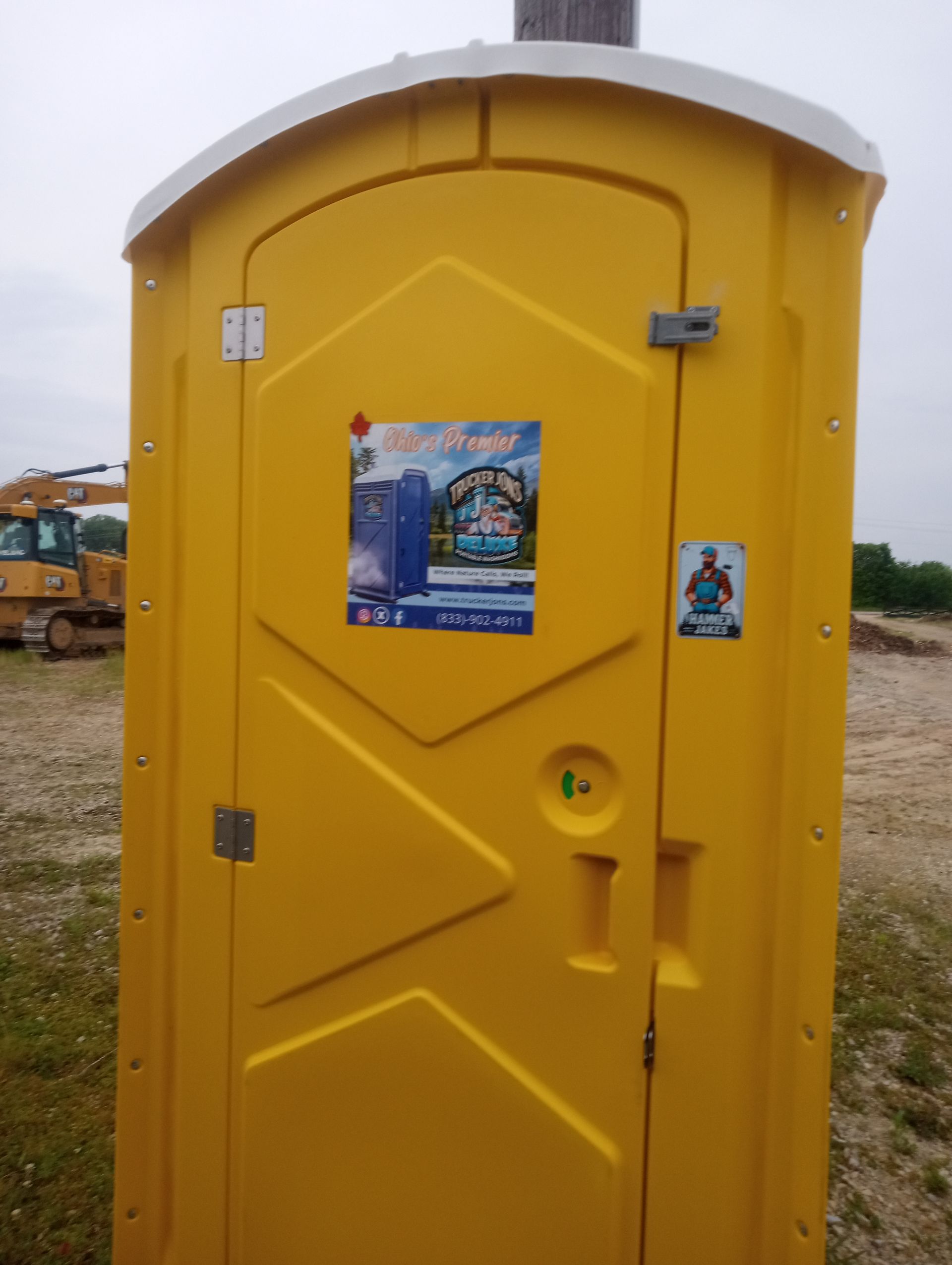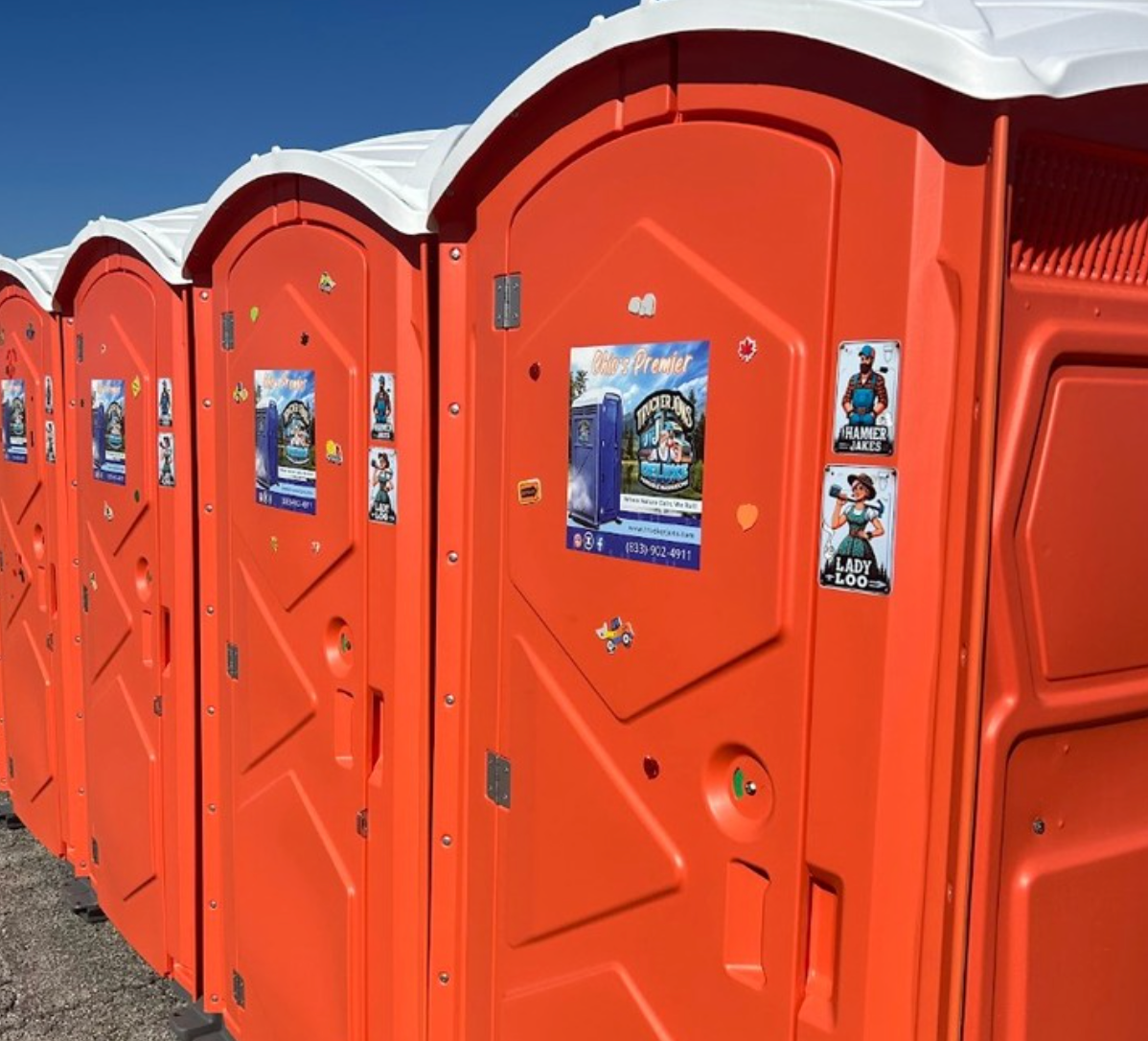How Much Does It Cost to Empty a Porta Potty?
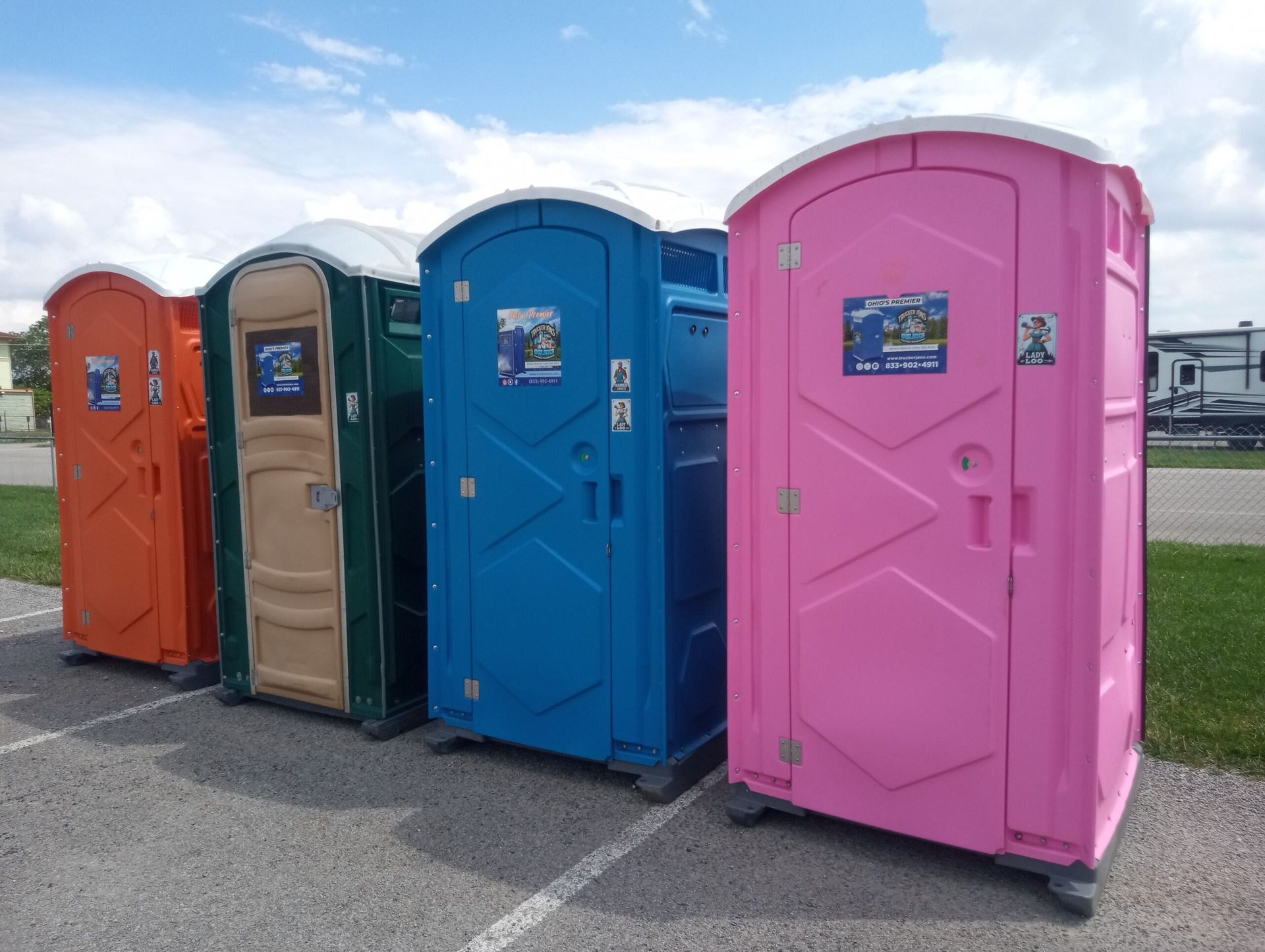
Portable toilets enable concerts, festivals and worksites without sewer hookups, but they aren’t a “set it and forget it” convenience. Ignoring servicing causes overflows, violates health codes and leaves a bad impression. This guide explains typical pump‑out prices, why costs vary, and how to keep your portable sanitation program affordable.
How much does it cost to empty a porta potty? Breaking down the costs
A routine service covers pumping the tank, sanitizing surfaces, restocking supplies and adding deodorizer. For a basic unit the price is usually $50–$80 per visittruckerjons.com, while deep cleans or emergency calls can cost $100–$150. Luxury trailers with running water and flushing toilets cost more to maintain, with pump‑outs around $150–$300; high‑end trailers with attendants for VIP events can exceed $500 per day.
Weekly service is often included in rental agreements. If you need a mid‑week pump‑out, expect to pay $25–$50 more. Weekend or holiday visits add $75–$150. Multi‑day events that require daily service typically pay $150–$300 per unit. The points below summarizes common ranges.
- Standard weekly visit ($50–$80) – includes pump‑out and cleaning.
- Extra visit during week (+$25–$50) – covers additional service for high‑use sites.
- Emergency or weekend call (+$75–$150) – off‑hours premium for unscheduled or weekend service.
- Luxury trailer service ($150–$300) – higher cost due to larger tanks and flushing system.
- VIP trailer with attendant ($500–$1,000/day) – premium amenities and on‑site attendant for real‑time maintenance.
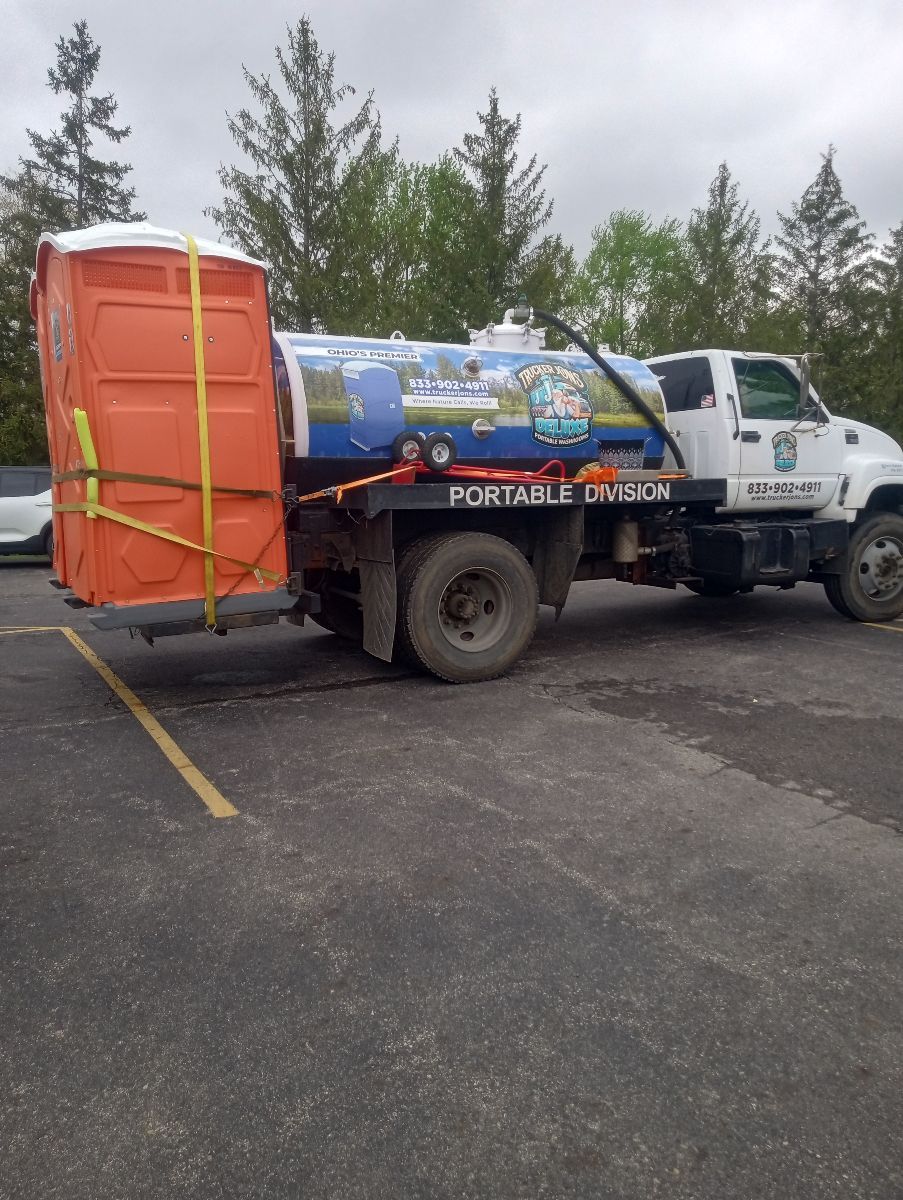
How much is it to drain a porta potty?
When you own a portable toilet and hire someone to empty it, per‑visit costs are higher than with a rental. Independent pump‑outs are around $50 per service, and recurring service billed monthly runs about $35 per unit. Some providers quote $75–$150 to empty a standard unit. RV owners pay roughly $75 to empty a 65‑gallon. Emergency or weekend calls can double or triple these prices.
Factors affecting how much does it cost to empty a porta potty
- Service frequency is the biggest variable. Most rentals include one visit per week; adding a second pump‑out adds $25–$50. Delay too long, and you risk overflows and fines.
- Number of units matters. Once a service truck is on site, emptying multiple toilets is more efficient. Customers who order several units typically pay less per pump‑out than those who service just one. Over‑ordering is better than scrambling for emergency service.
- Location and accessibility affect price. Remote or off‑road sites often incur $50–$200 in travel fees, and crews can charge up to $100 if they must haul hoses through obstacles or up stairs.
- Unit type and tank size also influence costs. Basic porta potties have 60–70‑gallon tanks; ADA‑accessible units are larger, and luxury trailers hold hundreds of gallons. Pumping a small tank can cost as little as $25, but servicing a bigger tank or multiple units can reach $200.
How often should a porta potty be emptied?
One pump‑out per week works for most situations. Construction sites with small crews follow the same schedule, but larger crews may need two visits each week. For events, use one toilet for every 75–100 guests, and schedule daily service for events lasting more than eight hours. The How much does it cost to service a porta potty rental? guide notes that high‑traffic venues like fairs or concerts sometimes require multiple pump‑outs each day to prevent odors and overflows. Long‑term rentals often include discounted service packages.
Can you empty a porta potty yourself?
It is technically possible to do a DIY pump‑out, but it isn’t practical for most people. You’d need to rent a vacuum pump, wear protective gear, handle waste disposal at an approved facility, and sanitize the unit. Viking Rentals cautions that do‑it‑yourself pumping exposes you to pathogens and may violate disposal rules. Hiring professionals ensures compliance, odor control and a fast turnaround. Partnering with an A Portable Rental Sanitation Company also frees you from coordinating disposal logistics.
Many jurisdictions also require portable toilet waste to be hauled by licensed operators, and facilities will not accept waste from unapproved sources. Attempting to dump waste without the proper permits can lead to fines and, more importantly, environmental contamination. When in doubt, leave the pumping to the experts.
How much does it cost to empty a 1500 gallon septic tank?
Septic systems are far larger than porta potties, so pumping costs more but happens less often. A 1,500‑gallon tank costs $300–$500, though in high‑cost areas it may run $450–$1,100. Septic tanks typically require pumping every three to five years, so the higher price is spread over a long interval.
Regulations and environmental considerations
Dumping waste into storm drains or on open ground can carry heavy fines and long‑term environmental damage. States and municipalities regulate how portable toilet waste is transported and processed, and most require that it be delivered to approved wastewater treatment facilities. Licensed haulers know which disposal plants accept portable sanitation waste and have the paperwork to prove compliance, sparing you from potential violations. Responsible disposal also protects surface water, wildlife and neighboring communities from harmful pathogens and chemical residues. For more details on proper servicing schedules and hygiene considerations, see this expert discussion on porta potty maintenance schedules.
Saving money on portable toilet maintenance
- Stick to a schedule. Routine pump‑outs cost less than emergency call‑outs. Avoid weekend and holiday service when surcharges apply.
- Order enough units. Overusing a few toilets leads to more frequent servicing. Spreading users across more units keeps tanks from filling too quicklytruckerjons.com.
- Bundle services. Renting restrooms, hand‑wash stations and luxury trailers from the same provider can yield discounts of 5–15%. Seasonal or long‑term contracts often save 20–30% per service.
- Educate users. Simple instructions on proper use—closing the lid, not throwing trash in the tank, reporting issues promptly—keep units in better condition and reduce the need for emergency service. Signage at events and job sites pays for itself by preventing clogs and misuse.
Premium portable sanitation services and other options
Not all events have the same requirements. Premium Portable Restroom Rentals include flushing toilets, sinks, mirrors and even climate control for upscale weddings or corporate functions. An A Portable Rental Sanitation Company can also supply shower trailers, holding tanks and high‑rise units for construction sites. Dump Trailers – Coming Soon! help manage trash so restrooms stay cleaner. For guests with mobility needs, Other Portable Rental Sanitation Services offer ADA‑compliant restrooms and luxury trailers with attendants. Using one provider for these services reduces delivery fees and simplifies scheduling.
Conclusion: Quality sanitation is worth the investment
Servicing portable toilets may not be glamorous, but it’s essential for the comfort and health of your guests or crew. Standard pump‑outs run $50–$80, with costs rising for luxury units or special circumstances. Understanding the factors that influence pricing—frequency, number of units, location and unit type—makes it easier to budget. By choosing a reputable provider, bundling services and maintaining a regular schedule, you can keep sanitation costs under control and ensure a positive experience for everyone on site.
